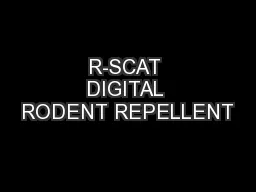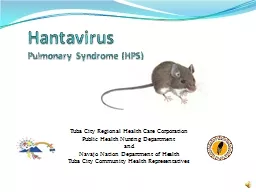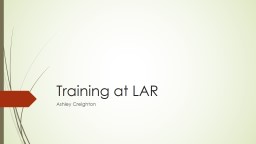PPT-Rodent Isoflurane anesthesia
Author : winnie | Published Date : 2022-02-24
Created by Samantha Glaspell RVT WVU Office of Laboratory Animals Line up of contents What is Anesthesia How does an Anesthetic machine work Parts of Machine
Presentation Embed Code
Download Presentation
Download Presentation The PPT/PDF document "Rodent Isoflurane anesthesia" is the property of its rightful owner. Permission is granted to download and print the materials on this website for personal, non-commercial use only, and to display it on your personal computer provided you do not modify the materials and that you retain all copyright notices contained in the materials. By downloading content from our website, you accept the terms of this agreement.
Rodent Isoflurane anesthesia: Transcript
Download Rules Of Document
"Rodent Isoflurane anesthesia"The content belongs to its owner. You may download and print it for personal use, without modification, and keep all copyright notices. By downloading, you agree to these terms.
Related Documents














